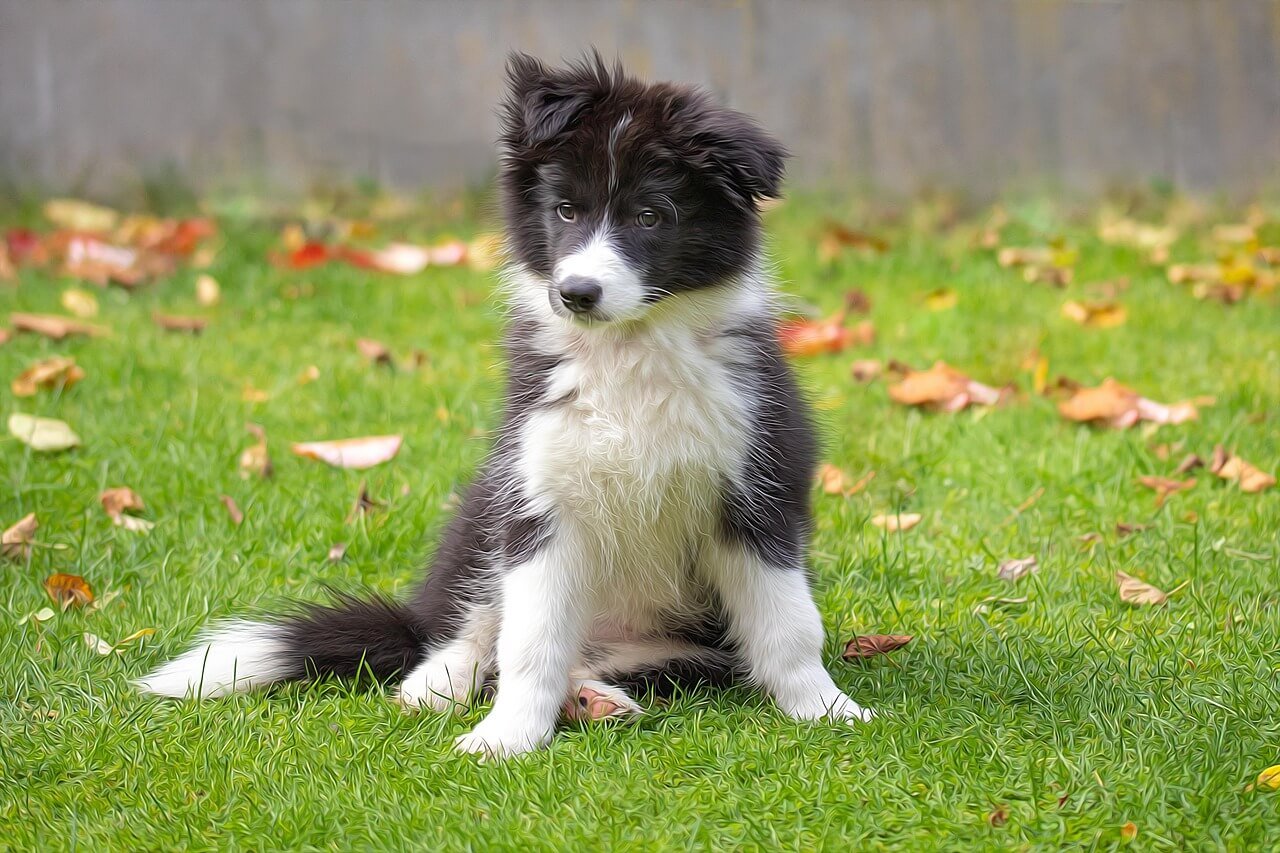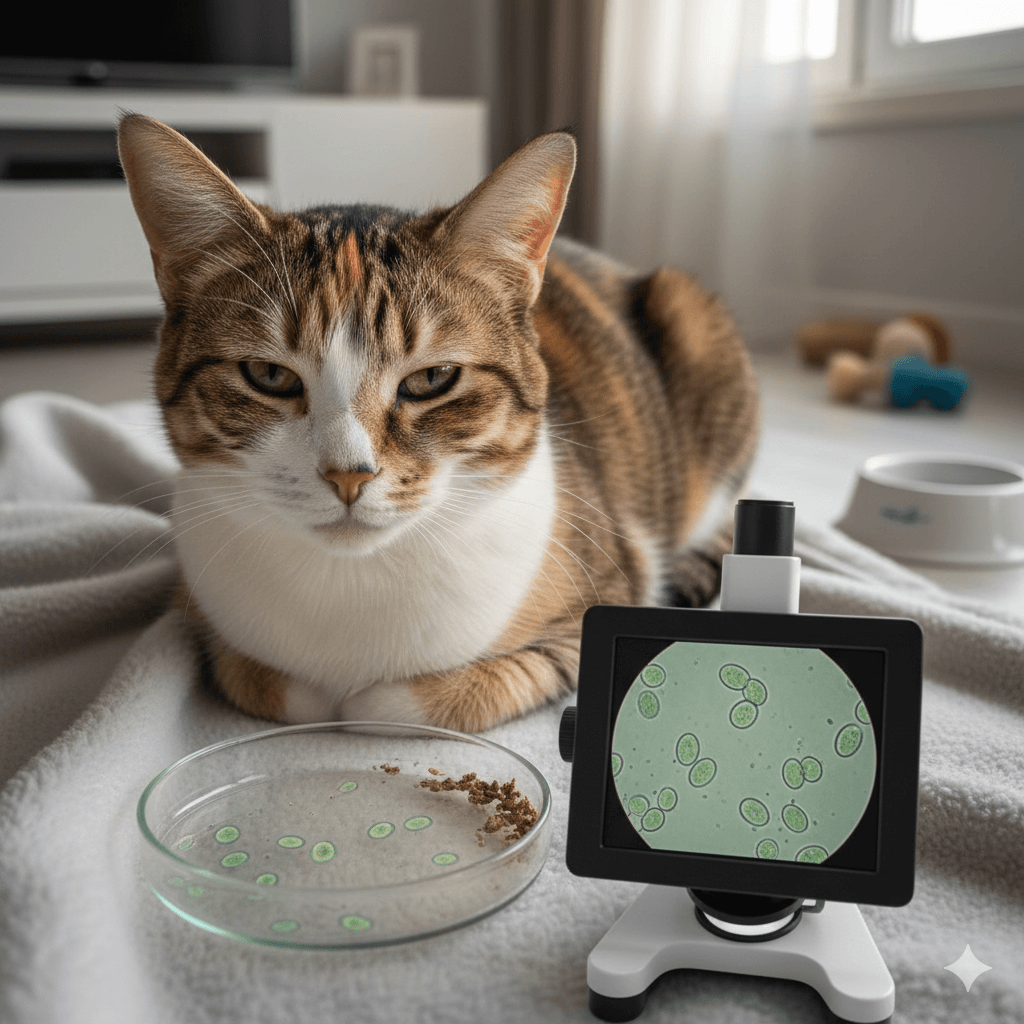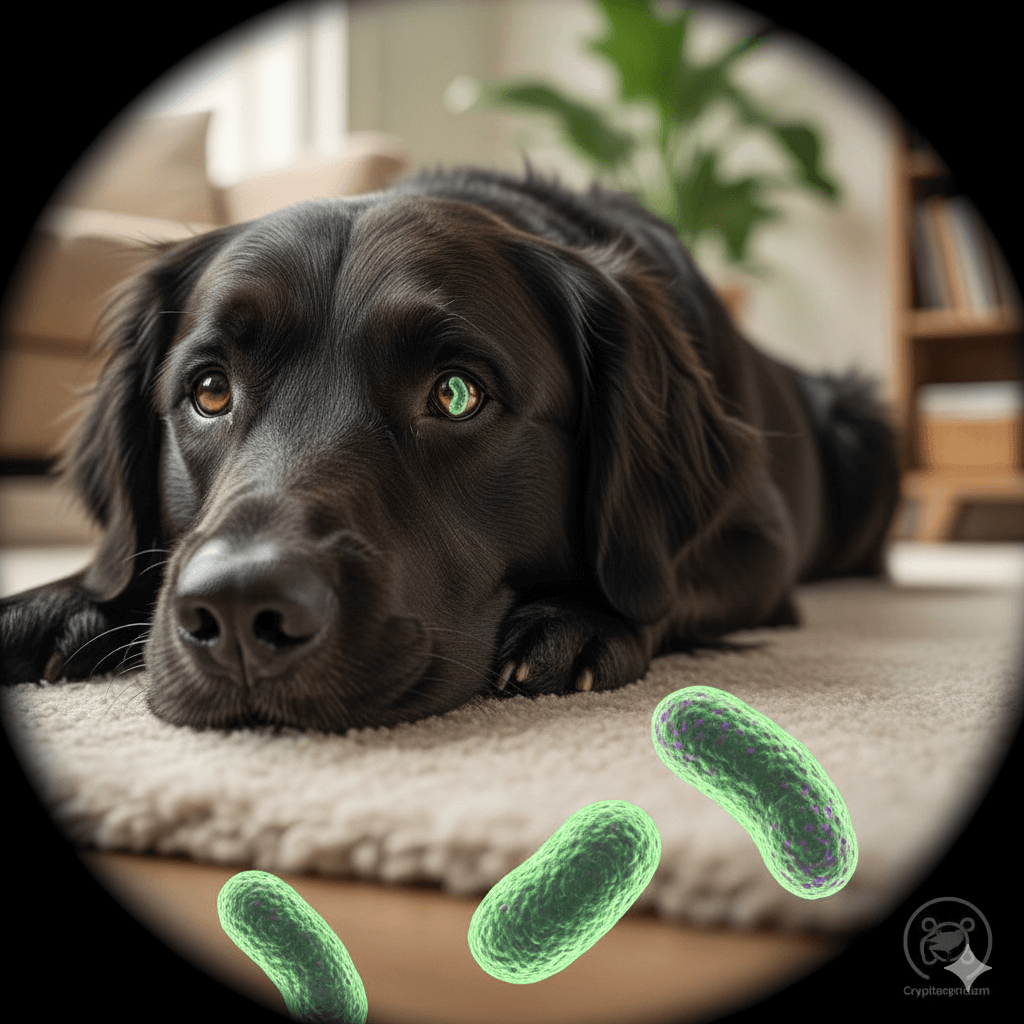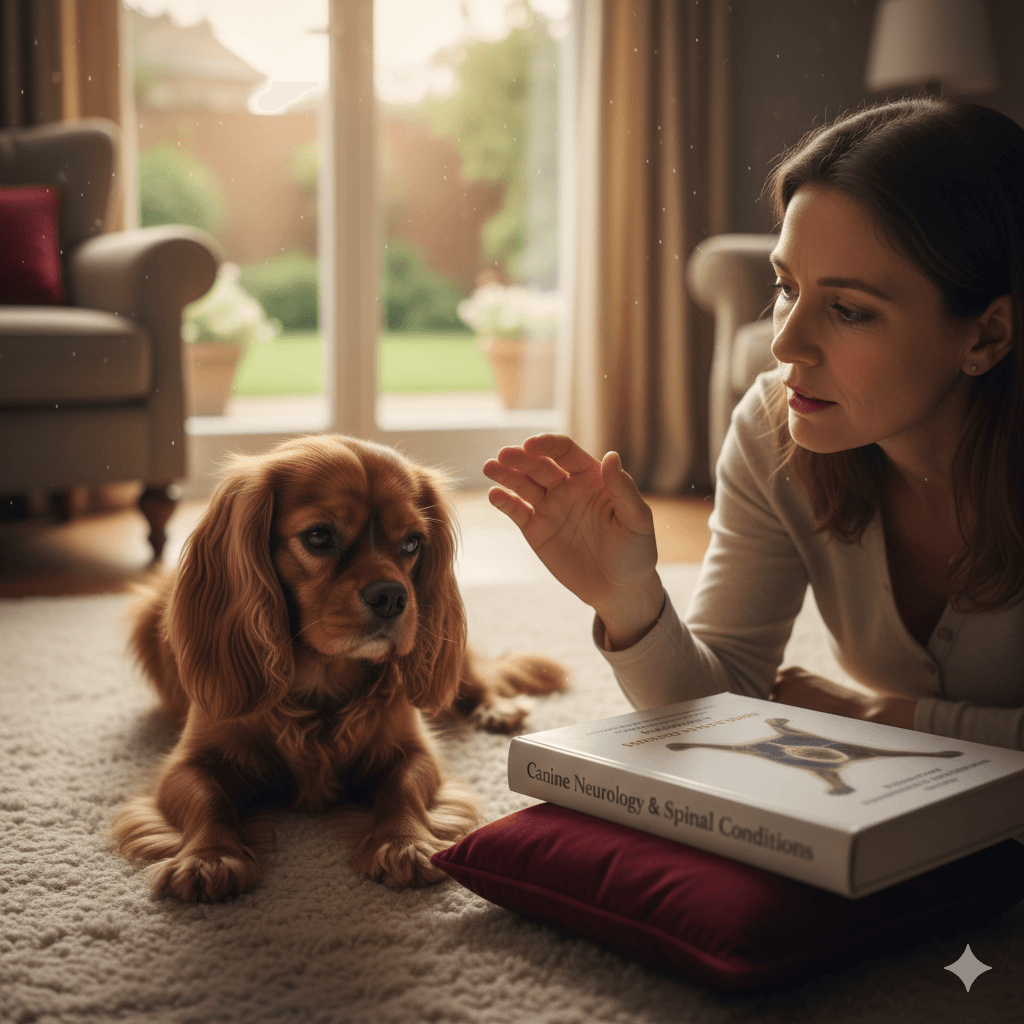Rancid Dog Food Symptoms: How to Protect Your Pup’s Health
Feeding your dog high-quality food is one of the most important ways to ensure their health and happiness. But what happens if the food you provide is no longer fresh or has gone rancid? Rancid dog food can pose serious risks to your pet’s well-being, from digestive upset to more severe health issues. It’s crucial for every dog owner to recognize the signs of rancid food and understand how to prevent it. In this blog post, we’ll explore the symptoms of rancid dog food, how it affects your dog’s health, and what steps you can take to keep your furry friend safe.
Signs Your Dog May Have Eaten Rancid Food
When your dog consumes rancid food, their body may react in various ways. These symptoms can range from mild discomfort to more alarming conditions. Here are some common signs that your dog may have eaten spoiled or rancid food.
Vomiting:
One of the first signs of consuming rancid food is vomiting. Your dog’s body is trying to expel the harmful substances as quickly as possible.Diarrhea:
Loose stools or diarrhea often accompany vomiting, indicating digestive distress caused by the spoiled food.Loss of Appetite:
A sudden refusal to eat could mean your dog associates mealtime with feeling unwell after eating rancid food.Lethargy:
If your normally energetic pup seems unusually tired or listless, it could be a sign of food poisoning from rancid ingredients.Bad Breath or Body Odor:
Rancid food can lead to unpleasant odors emanating from your dog’s mouth or skin, signaling toxicity in their system.
If you notice any of these symptoms, it’s essential to act quickly to address the issue and prevent further complications. Early intervention can make all the difference in your dog’s recovery.
How Rancid Dog Food Affects Your Pet’s Health
Rancid food doesn’t just taste bad—it can also harm your dog’s overall health. The effects of consuming spoiled food can vary depending on the severity and duration of exposure. Here’s how rancid dog food impacts your pet’s well-being.
Digestive Issues:
Spoiled food often contains harmful bacteria or mold, which can irritate your dog’s stomach and intestines, leading to inflammation.Nutrient Deficiency:
Rancid food loses its nutritional value, depriving your dog of essential vitamins and minerals they need to thrive.Weakened Immune System:
Consuming toxins from rancid food can compromise your dog’s immune system, making them more susceptible to infections.Liver Damage:
Over time, exposure to rancid fats and oils can strain your dog’s liver, potentially leading to long-term damage.Allergic Reactions:
Some dogs may develop allergic reactions, such as itching, swelling, or hives, after eating spoiled food.
Understanding these health risks underscores the importance of ensuring your dog’s food is always fresh and safe to eat. Prevention is key to maintaining their vitality and happiness.
Check this guide 👉What is Hepatic Dog Food? Best 7 Expert Tips!
Check this guide 👉Can I Freeze Pumpkin Puree for My Dog? Best 7 Expert Tips!
Check this guide 👉Homemade Hydrolyzed Protein Dog Food: Best 7 Tips!
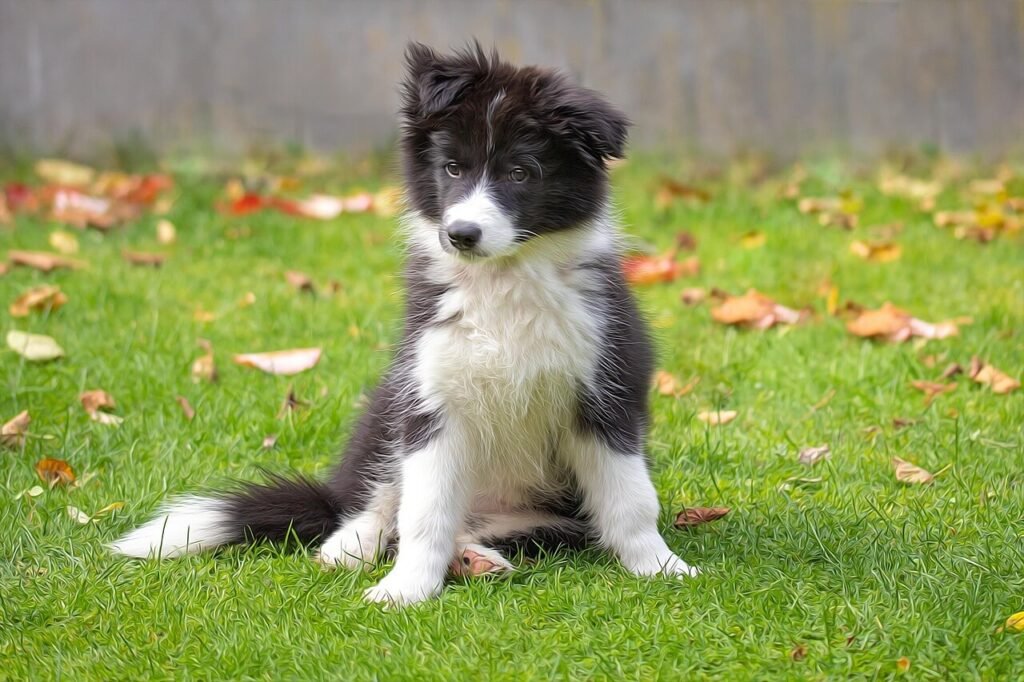
Symptoms of Rancid Dog Food | Potential Health Risks |
|---|---|
Vomiting | Digestive irritation |
Diarrhea | Nutrient deficiency |
Loss of appetite | Weakened immune system |
Lethargy | Liver damage |
Bad breath or body odor | Allergic reactions |
Tips for Preventing Rancid Dog Food
Preventing rancid dog food is easier than dealing with the consequences. By taking proactive measures, you can ensure your dog’s meals are always fresh and safe. Here are some practical tips to help you avoid rancid food issues.
Check Expiration Dates:
Always check the expiration date on your dog’s food before purchasing or feeding it. Avoid using food past its shelf life.Store Properly:
Keep dry food in an airtight container and store it in a cool, dry place to prevent spoilage.Use Smaller Bags:
Opt for smaller bags of food to ensure your dog finishes them before they go stale or rancid.Inspect for Mold or Odor:
Regularly inspect your dog’s food for visible mold or unusual smells, which are clear indicators of spoilage.Avoid Bulk Buying:
While buying in bulk may seem cost-effective, it increases the risk of food going bad before it’s consumed.
By following these tips, you can minimize the chances of your dog encountering rancid food. A little effort goes a long way in protecting their health.
What to Do If Your Dog Eats Rancid Food
If you suspect your dog has eaten rancid food, it’s important to act promptly to mitigate any potential harm. Here’s a step-by-step guide on what to do in this situation.
Monitor Symptoms:
Keep a close eye on your dog for any signs of illness, such as vomiting, diarrhea, or lethargy.Offer Fresh Water:
Provide plenty of fresh water to help flush out toxins from your dog’s system.Withhold Food Temporarily:
Allow your dog’s stomach to settle by withholding food for 12-24 hours, but ensure they stay hydrated.Contact Your Vet:
If symptoms persist or worsen, contact your veterinarian immediately for professional advice.Switch to Fresh Food:
Once your dog recovers, switch to a fresh batch of food and implement preventive measures to avoid future incidents.
Taking these steps can help your dog recover quickly and reduce the risk of long-term health issues. Always prioritize your pet’s safety and well-being.
Common Causes of Rancid Dog Food
Understanding what causes dog food to go rancid can help you prevent it. Here are some common factors that contribute to spoilage.
Exposure to Air:
Oxygen accelerates the oxidation process, causing fats in the food to turn rancid.Heat and Humidity:
High temperatures and moisture create an ideal environment for bacteria and mold growth.Improper Storage:
Leaving food in its original packaging or storing it in damp areas can lead to spoilage.Prolonged Storage:
Keeping food for too long, even if unopened, can result in nutrient loss and rancidity.Contaminated Bowls:
Dirty food bowls can introduce bacteria to otherwise fresh food, speeding up spoilage.
By addressing these causes, you can significantly reduce the risk of your dog’s food going bad. Prevention starts with proper storage and handling.
Signs of Spoilage in Wet Dog Food
Wet dog food is particularly prone to spoilage due to its high moisture content. Here are some signs to watch for.
Off Smell:
A sour or overly fishy odor indicates spoilage.Mold Growth:
Visible mold on the surface of the food is a clear sign it’s no longer safe to eat.Change in Texture:
If the food feels slimy or watery, it’s likely gone bad.Separation of Ingredients:
Excessive separation of liquids and solids can signal spoilage.Expired Packaging:
Always check the packaging for expiration dates, as wet food spoils faster than dry food.
Recognizing these signs ensures your dog isn’t exposed to harmful bacteria or toxins. Always err on the side of caution when in doubt.
Benefits of Fresh, High-Quality Dog Food
Feeding your dog fresh, high-quality food offers numerous benefits beyond avoiding rancidity. Here’s why investing in good food is worth it.
Improved Digestion:
Fresh food is easier for your dog to digest, reducing the risk of gastrointestinal issues.Better Coat and Skin Health:
High-quality ingredients promote a shiny coat and healthy skin.Increased Energy Levels:
Nutrient-rich food provides sustained energy for an active lifestyle.Stronger Immune System:
Fresh food supports your dog’s immune system, helping them fight off illnesses.Longer Shelf Life for Opened Products:
High-quality food often has better preservatives, extending its freshness once opened.
By choosing fresh, high-quality food, you’re not only preventing rancidity but also enhancing your dog’s overall quality of life. Their health and happiness depend on the choices you make.
Frequently Asked Questions About Rancid Dog Food
How can I tell if my dog’s food is rancid?
Look for off-putting smells, changes in texture, or visible mold on the food.
Can rancid food kill my dog?
While rare, prolonged exposure to rancid food can lead to severe health issues, so it’s best to avoid it entirely.
Is it safe to feed expired dog food?
Expired food may lose its nutritional value and could be rancid, so it’s safer not to feed it to your dog.
How long does it take for rancid food to affect a dog?
Symptoms can appear within hours or days, depending on the severity of spoilage and your dog’s sensitivity.
What should I do if my dog vomits after eating?
Monitor them closely and contact your vet if the vomiting persists or is accompanied by other symptoms.
Final Thoughts: Keeping Your Dog Safe from Rancid Food
Ensuring your dog’s food is fresh and free from spoilage is a simple yet vital aspect of responsible pet ownership. By recognizing the symptoms of rancid dog food and taking preventive measures, you can protect your furry friend from unnecessary discomfort and health risks. Remember, your dog relies on you to provide safe and nutritious meals, so always prioritize their dietary needs. With a little care and attention, you can ensure your pup stays happy, healthy, and full of energy for years to come.
Understanding Cryptosporidium in Cats: Best 7 Expert Tips! – Spot symptoms, treat safely, and stop parasite spread in your home.
Understanding Cryptosporidium in Dogs: Best 7 Expert Tips! – Learn symptoms, treatment & prevention for this stubborn gut parasite.
Understanding Syringomyelia in Cats: Best 7 Expert Tips! – Recognize signs, manage pain, and support your cat’s neurological health with vet-backed guidance.
Understanding Syringomyelia in Dogs: Best 7 Expert Tips! – Expert insights on symptoms, MRI diagnosis, pain management & quality of life.

